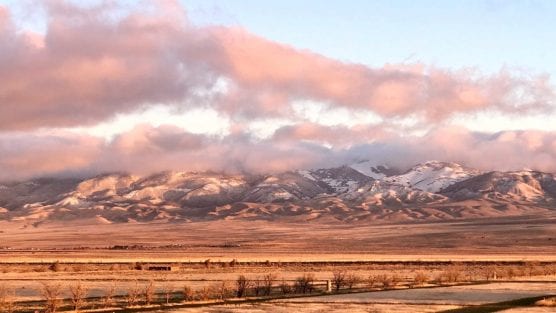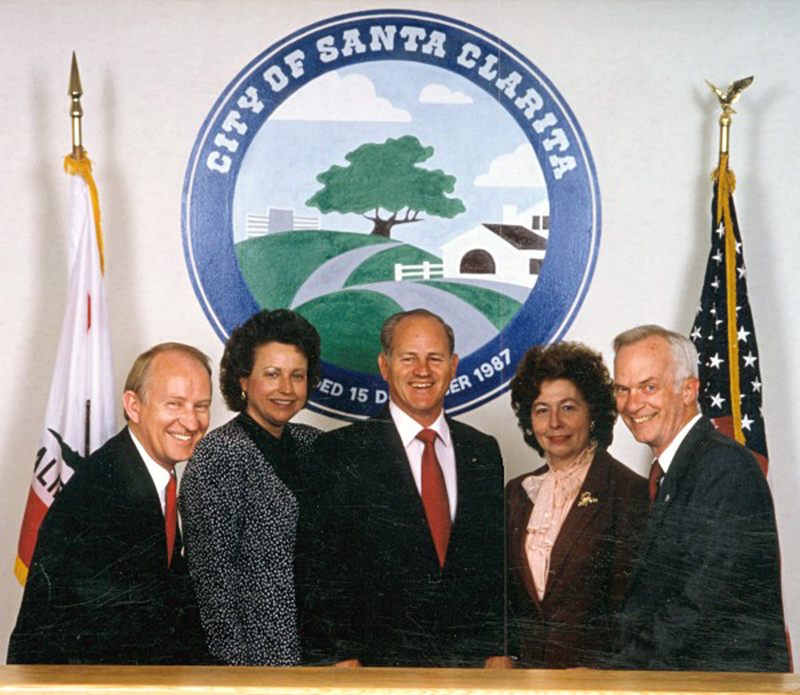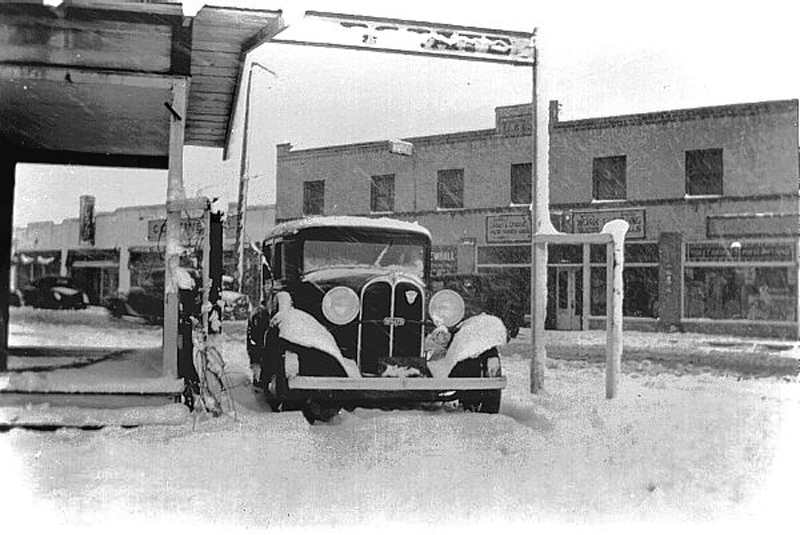A judge’s ruling this week dealt a setback to the Tejon Ranch Co.’s proposed 19,000-unit Centennial development project in the upper northwest corner of Los Angeles County.
Los Angeles County Superior Court Judge Mitchell Beckloff ‘s decision on two cases filed by the Center for Biological Diversity and the California Native Plant Society will require the developer to revise the project’s environmental impact report.
“The project will go through a whole new round of public meetings, the planning commission, and, if it manages to make it through, on to (Los Angeles County) supervisors, where the mix of supervisors has changed,” said Liv O’Keeffe, a spokeswoman for the California Native Plant Society, in a statement to The Signal.
J.P. Rose, a staff attorney with the Center for Biological Diversity, also highlighted a changed political and policy landscape since the county’s five elected supervisors approved the development, including its environmental impact report, in April 2019.
“Tejon (Ranch Co.) would need to go back to the county and undergo a new environmental review if they wish to proceed with some version of the project,” Rose told The Signal in a statement. “The developers have to convince the supervisors that building a new sprawling city on fire-prone wildlands is in the interest of the public. I think they’ll have an uphill battle.”
Both organizations said in a statement that developments like Centennial increase the risk of human-caused wildfires.
“Between 1964 and 2015, 31 wildfires larger than 100 acres occurred within 5 miles of the site, including four within the proposed project’s boundaries,” the Center for Biological Diversity and California Native Plant Society said in a statement.
Beckloff dismissed 20 of the 23 claims made against the project under the California Environmental Quality Act, focusing on wildfire risks and greenhouse gas emissions by vehicles.
Gregory S. Bielli, president and CEO of Tejon Ranch Co., thanked the judge for clarifying the path forward for the project.
“Environmental impact reports are extremely lengthy, complex documents, and it’s difficult to get everything perfect the first time out. With the judge’s direction, we will work with L.A. County to address the few remaining issues, just as we did in Kern County when a court ruled the EIR for our Grapevine community needed additional analysis,” Bielli said in a prepared statement. “The analysis was completed, Grapevine was reapproved, and the court affirmed the additional analysis was correct. We expect the same will be true for Centennial.”
Tejon Ranch Co. called the Center for Biological Diversity and other environmental organizations “extremist groups,” noting that legal challenges to the Centennial project “only worsen California’s housing shortage and drive home costs ever higher.”
The county first received plans for the proposed Centennial development plan in 2002. The project plans on housing 57,000 people when it’s completely built and would also include 8.4 million square feet of commercial space. The 12,000-acre project site runs along State Route 138, approximately one mile east of Interstate 5.
Like this:
Like Loading...
Related





 Tweet This
Tweet This Facebook
Facebook Digg This
Digg This Bookmark
Bookmark Stumble
Stumble RSS
RSS


























REAL NAMES ONLY: All posters must use their real individual or business name. This applies equally to Twitter account holders who use a nickname.
1 Comment
Why, Oh Why do we even consider building more housing in the northern LA County when our freeways can not accomodate more traffic. Every northern LA County homeowner must drive south to their employment, and so must those who already live along the I-5 corridor.
We must consider more than the developer’s purse, after all, don’t we have enough people here already?